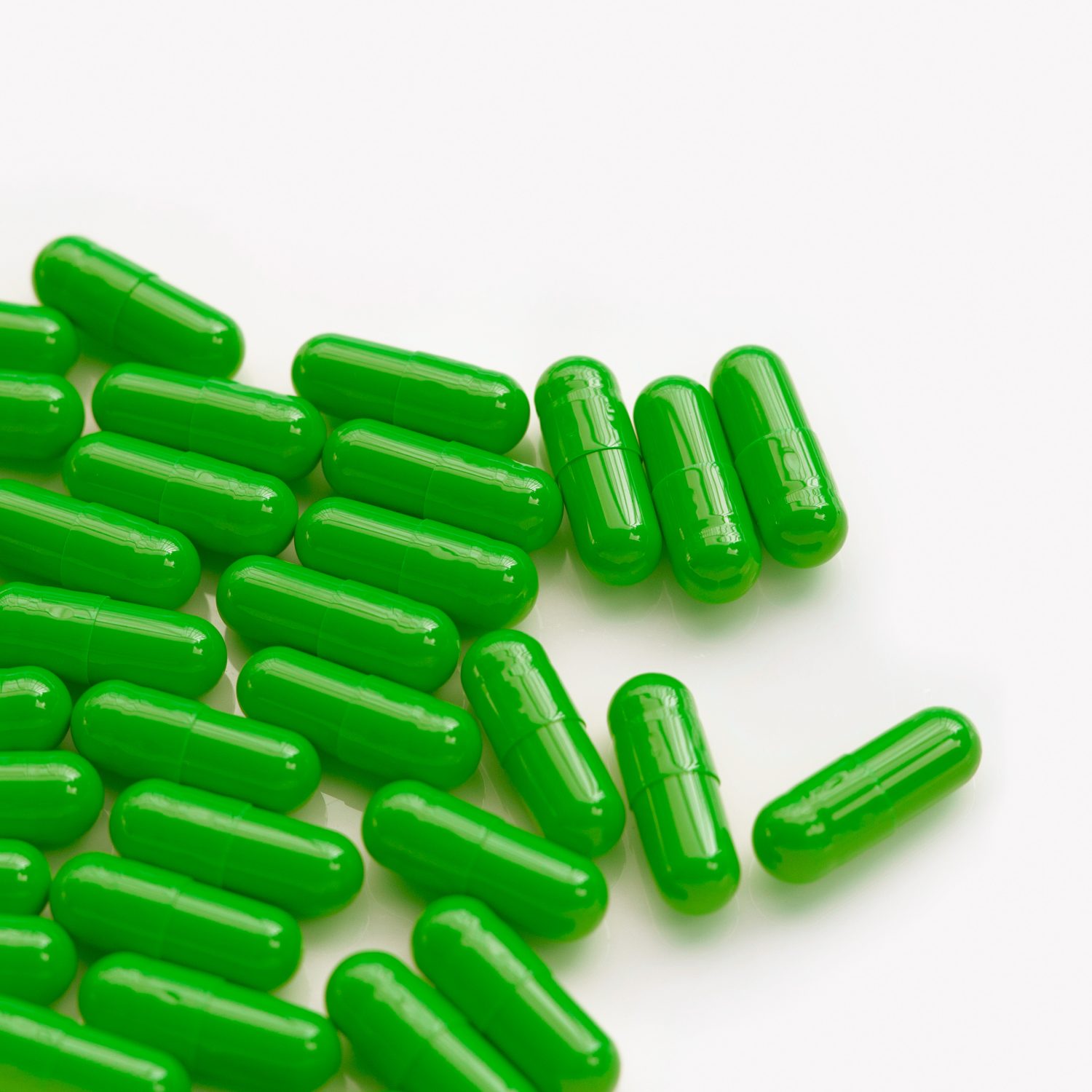Things to Know When Using HPMC Vegetarian Capsules
Like any capsule type, HPMC vegetable capsules have some unique characteristics. Here are a few practical tips to help you get the best results from your empty HPMC capsules.
Curing Agents & Dissolution Timing
To keep HPMC capsules strong and stable, manufacturers may add small amounts of plant-based agents like gellan gum, xanthan gum, or carrageenan. These HPMC capsule ingredients help the capsule hold its shape but can slightly slow how quickly it dissolves compared to gelatin.
Because HPMC vegetable capsules may take a little longer to break down, they’re not the best choice for fast-release drugs—unless your formula is designed for delayed or targeted release.
Oxygen-Sensitive Ingredients
Planning to use vegan HPMC capsules for oxygen-sensitive ingredients? Add antioxidants to the fill, or consider oxygen-barrier packaging to help protect the actives inside over time.
Low Moisture Content
One big advantage of HPMC capsules is that they naturally hold less moisture: about a third of what gelatin or pullulan capsules contain. That makes them ideal for moisture-sensitive ingredients and APIs, helping reduce the risk of degradation over time.
Whether you’re developing a vegan product, a supplement with fragile actives, or just looking for a clean, reliable capsule, HPMC vegetable capsules are a smart, flexible choice. If you need help picking the right capsule for your formula, our team at Anxine is here to support you.
